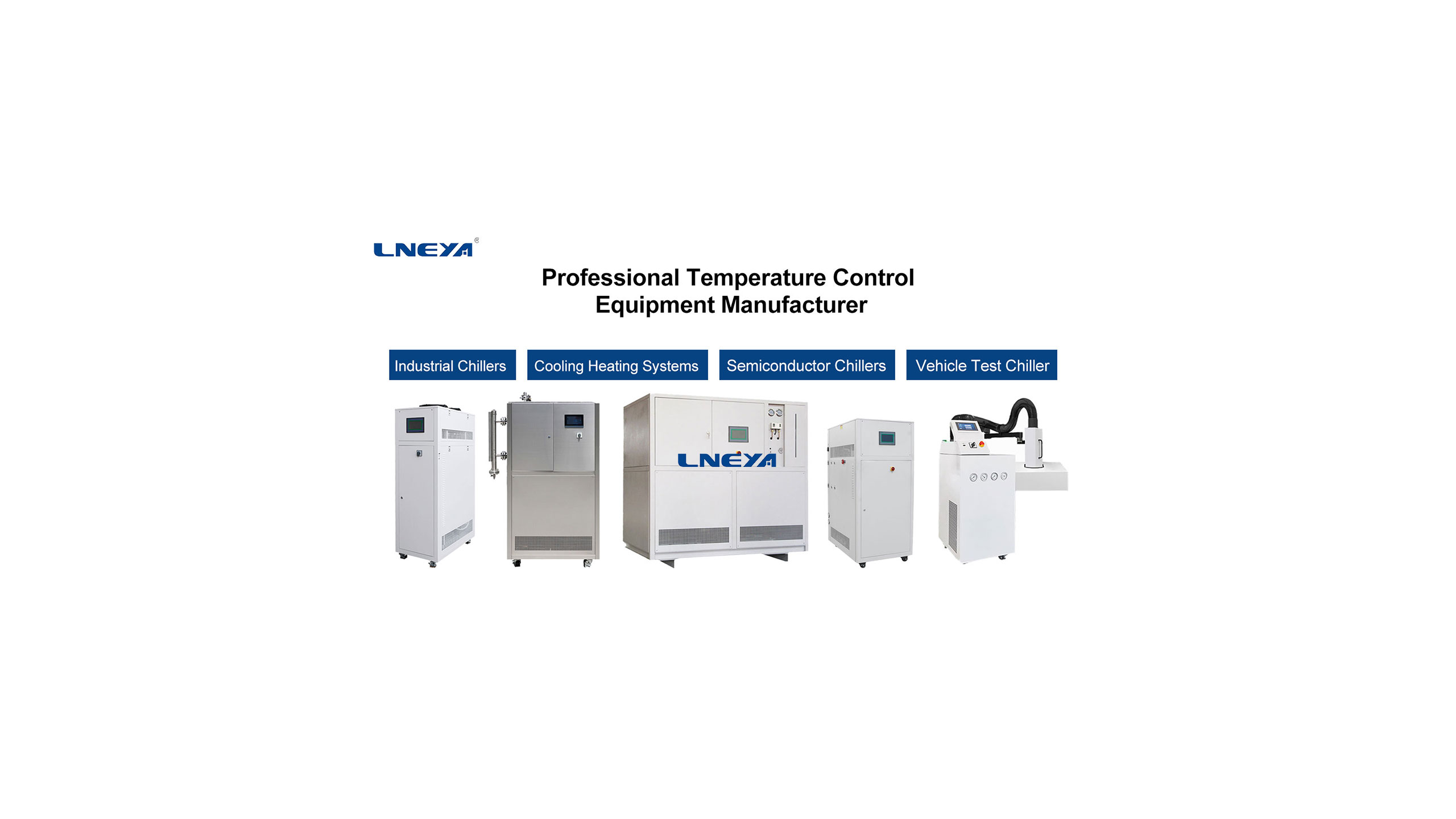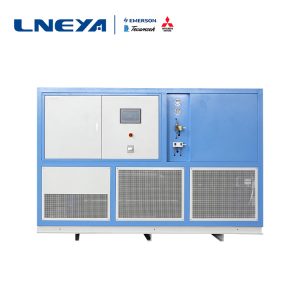Why is it dangerous to use an enamel reactor?

The enamel layer of the enamel reaction kettle is easy to burst when it is cold and hot. Because the enamel layer is sintered on the surface of the enamel reaction kettle, and the enamel layer will melt when it exceeds 200 degrees Celsius, so the temperature of the material in the kettle is not allowed to exceed 200 degrees Celsius, so the enamel kettle has a temperature resistance limit of 200 degrees Celsius, and the temperature resistance rapidly becomes cold. Shock <110℃, thermal shock <120℃. For example, the reaction temperature of the enamel reaction kettle is 160 °C, and the jacket of the reaction kettle is passed through the steam of 6-7 kg pressure. At this time, it is suddenly switched to the cooling water of 10 °C. The temperature difference exceeds 150 °C, the temperature difference is too large, and the enamel reaction kettle is very Easy to burst. This is the time to need a heating circulator, first use 80°C water to cool the material to about 100°C, and then switch to 10°C cooling water, which can greatly increase the service life of the enamel reactor. When the material is fed, the temperature difference between the material temperature and the kettle body temperature is too large, and the steam is too strong when heating, and the cooling is too rapid, which can also cause the porcelain to explode.
Typical applications of SUNDI series of LNEYA refrigeration and heating temperature control systems: dynamic constant temperature control of cold and heat sources such as high pressure reactors, double-layer glass reactors, enamel reactors, etc., constant temperature control of cold and heat sources of microchannel reactors; small constant temperature control systems, distillation systems temperature control, etc. High temperature cooling technology can directly cool down from 300 °C [because only the heat transfer medium in the expansion chamber is in contact with oxygen in the air (and the temperature of the expansion tank is between room temperature and 60 degrees), it can reduce the heat transfer medium being oxidized and reduced. Risk of absorbing moisture from the air.
Recommandations connexes
-
Introduction Of Low Temperature Refrigeration Equipment Series-low Temp Process Chillers
939Thermoacoustic refrigeration technology is a new refrigeration method with wide application prospects. It is one of the major advances in refrigeration and cryogenic technology in the past 30 years. Thermoacoustic engine uses thermoacoustic effect...
Voir les détails -
Effect of oil separator on ultra-low temperature refrigerator
1352In ultra-low temperature chillers, oil separators are an important accessory. In most cryogenic refrigerators, there are oil separators. What are the effects of oil separators on cryogenic refrigerators? Needless to say, the position of the cryoge...
Voir les détails -
what are the causes of the blockage of the cooler
973The cooler is a very important part of the screw air compressor. The main function is to cool the lubricating oil of air compressor and the compressed air. If it's blocked, then the temperature will go up. A main cause of the air compressor failur...
Voir les détails -
Application of Screw Water Chiller
909The power of screw water chiller is relatively larger than that of scroll chiller. It is mainly used in central air conditioning system or large industrial refrigeration. It can be divided into two categories. 1.Twin-screw refrigeration compressor...
Voir les détails
 LNEYA Industrial Chillers Fabricant Fournisseur
LNEYA Industrial Chillers Fabricant Fournisseur












